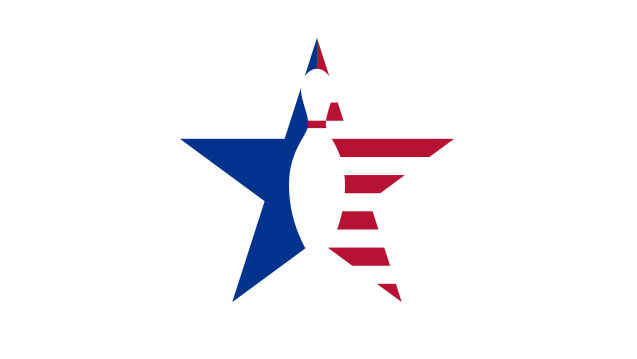California's Covina Bowl Ends 6-Decade Run Sunday

(Photos by Michelle Johnson)
When it opened in 1956, Covina Bowl was one of the great examples of “Googie” architecture, defined as “a sub-division of futurist architecture influenced by car culture, jets, the Space Age and the Atomic Age.”
 Meeting rooms were important for centers built in the mid-20th century. Interestingly, for different reasons, they're making a comeback today.
Meeting rooms were important for centers built in the mid-20th century. Interestingly, for different reasons, they're making a comeback today.
Countless coffee shops (Norm's in Southern California being one example), motels (many along historic Route 66), car washes, drive-in movie theater signs and even some bowling alleys got the Googie treatment.
 The arches at Covina Bowl entryway served no useful purpose — other than being pleasing to the eye.
The arches at Covina Bowl entryway served no useful purpose — other than being pleasing to the eye.
Covina Bowl underwent a few ownership changes over the years, and currently is operated by Bowlmor AMF. But now the owner of the land on which the center sits wants to sell, so this Sunday will be the center’s final day of operation.
In anticipation of this development, we recently visited Covina Bowl and snapped a few photos for the Bowlers Journal International archives. In this post, you see a lighted sign adjacent to the center's meeting rooms, a shot of the center's entryway, and a picture of perhaps its most iconic element, its exterior sign.
The interior shot serves as a reminder of how different the amenities of mid-century centers were. Covina Bowl has a number of meeting rooms which not only hosted pre-season league meetings during the heyday of league bowling, but also post-season banquets — a staple of almost every league, at which season prize money and trophies were handed out, and league members had one more opportunity to socialize before the summer break.
 For most passersby, the most eye-catching element of Covina Bowl's "Googie" architecture is its street sign.
For most passersby, the most eye-catching element of Covina Bowl's "Googie" architecture is its street sign.
In recent years, various elements of Covina Bowl's exterior architecture had become noticeably worn. From the street, the center looked pretty much the same. But as one approached the doors from the parking lot, the wear on the building was apparent.
And come Sunday, Southern California bowling will lose not only another iconic center, but 50 lanes that at one time were available for use 24 hours per day.





